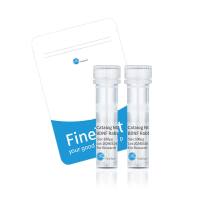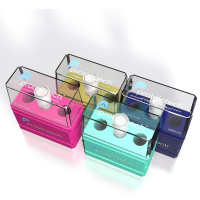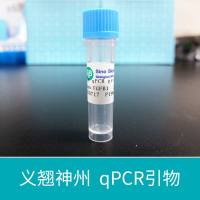MRI in Experimental Stroke
互联网
676
Stroke is the third leading cause of death and the leading cause of long-term disability in the United States. Brain imaging data from experimental stroke models and stroke patients have shown that there is often a gradual progression of potentially reversible ischemic injury toward infarction. A central core with severely compromised cerebral blood flow (CBF) is surrounded by a rim of moderately ischemic tissue with diminished CBF and impaired electrical activity but preserved cellular metabolism, often referred to as the “ischemic penumbra.” Re-establishing tissue perfusion and/or treating with neuroprotective drugs in a timely fashion is expected to salvage some ischemic tissues. Diffusion-weighted imaging (DWI) based on magnetic resonance imaging (MRI) in which contrast is based on water apparent diffusion coefficient (ADC) can detect ischemic injury within minutes after onsets, whereas computed tomography and other imaging modalities fail to detect stroke injury for at least a few hours. Along with quantitative perfusion imaging, the perfusion–diffusion mismatch which approximates the ischemic penumbra could be defined non-invasively. This chapter describes stroke modeling, perfusion, diffusion, and some other MRI techniques commonly used to image acute stroke and, finally, image analysis pertaining to experimental stroke imaging.









